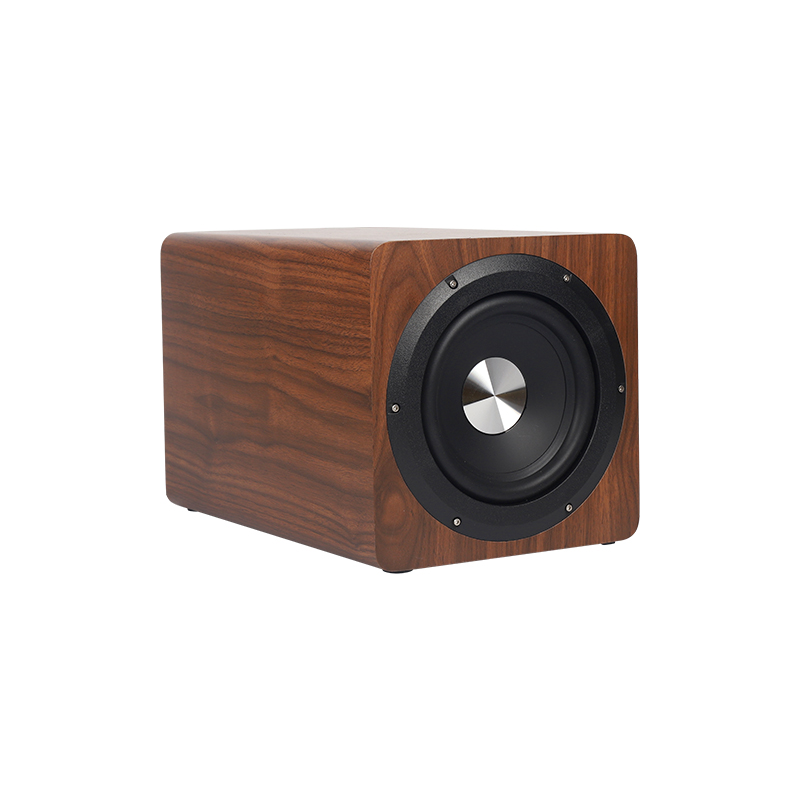The wireless microphone is composed of several pocket transmitters (which can be installed in the pocket, with an output power of about 0.01W) and a centralized receiver. Each pocket transmitter has a different working frequency. The centralized receiver can At the same time, it receives the voice signals of different working frequencies sent by various pocket transmitters. It is suitable for occasions such as stage podium. With the popularization and wide use of wireless microphones, how to better play their superior role, the following issues should be paid attention to in operation and use:

1. How to choose the battery of the wireless microphone transmitter In order to ensure that signal distortion and frequency interference will not occur during the normal use of the system, it is necessary to use a sufficient battery. It is best to use an alkaline 9V battery if conditions permit.
2. How to know as soon as possible whether the battery energy of the transmitter is sufficient In wireless microphone systems of various brands and models, most receivers do not have the function of displaying the battery energy of the transmitter. Although some wireless transmitters have a low battery display, users generally seldom pay attention to this problem during use. In the normal use of wireless microphones, it is a common occurrence that the audio signal is distorted or frequency interference caused by low battery. In order to prevent this phenomenon, the operator can use the PFL pre-listening function of the mixer in a timely manner during the normal use of the wireless microphone, and use the earphone to monitor the signal of the wireless microphone. If the sound clarity is slightly reduced or the noise is slightly increased , the battery should be replaced immediately, so as to avoid the psychological pressure on the operator due to insufficient battery energy as much as possible.
3. How to replace the battery in the middle of the performance It should be convenient, fast and simple to replace the battery during the performance. The best way is to turn on the "mute" switch of the mixer channel to make the wireless microphone in a mute state. Turn on the power of the transmitter after replacing the battery, and then restore the output volume of the receiver to the original gain. If the receiver does not have an output volume switch, you can turn off the input gain of the mixer or use the Line/MIC selector to switch it. After replacing the battery, turn on the mixer and reset the input gain or selector.
Why not close the fader of the wireless microphone channel and then replace the battery? It needs to be explained here that it is more cumbersome to replace the battery by closing the channel fader. Generally, microphones are added with effect processing sound in singing. When the microphone is in use, another wireless microphone needs to replace the battery. At this time, if the channel fader is turned off, the auxiliary channel potentiometer for reverb and delay should also be turned off accordingly. If you forget to turn off the auxiliary channel potentiometer, replace the battery. The power impact sound of the wireless microphone transmitter will be output from the auxiliary channel to the mixing frequency through the effector, which directly affects the sound effect; in addition, if the auxiliary potentiometer is leaked after replacing the battery, there will be no effect sound and affect the sound effect. . Here, I would like to remind everyone to attach great importance to the habit of taking out the power supply of the transmitter after each performance (especially using non-alkaline batteries), otherwise, sometimes you forget to turn off the transmitter because the battery is not taken out. The shape of the power supply will cause the battery energy to be exhausted, resulting in the accident of battery leakage and damage to the transmitter system, resulting in unnecessary losses.
4. How to prevent and avoid external interference to wireless microphones. Before purchasing non-variable frequency wireless microphones, you should first find out the transmission frequency of the local TV station. When purchasing, you should stagger the transmission frequency of the TV station to avoid interference, and purchase multiple wireless microphones. It should also be noted that the frequencies of each system cannot be repeated to avoid mutual interference when the frequencies overlap.
Fifth, how to eliminate the interference of the wireless microphone by the outside world.
When the power of the transmitter is turned off, if there is still RF radio frequency, AF audio or DIVERSITY diversity pass to either or both of A and B LED displays on the receiver display have signal display, it indicates that the receiver is in the interference of external radio waves. ), the SQUEICH can be adjusted to improve reception and reduce interference. The specific method is to adjust the antenna position, the transmitter is still off, turn off the volume output gain of the receiver, and finally adjust the SQUEICH noise suppressor in a clockwise direction until all interference signals disappear (at this time, the receiver except the power display There is no signal display outside), and then turn it a little clockwise. Be sure to use a non-inductive screwdriver when debugging.